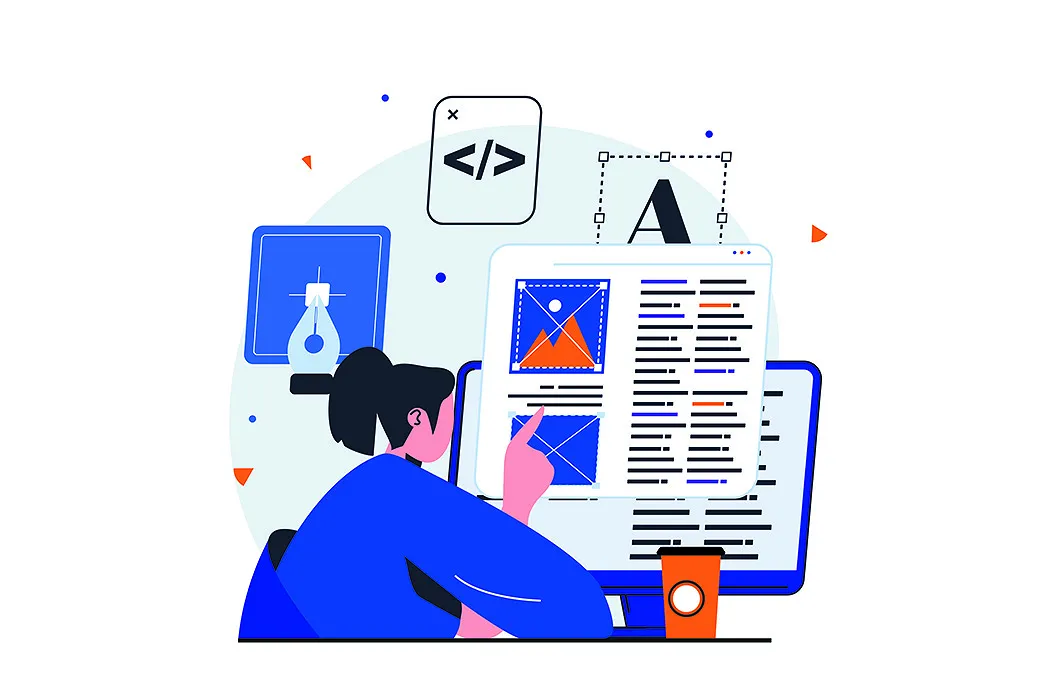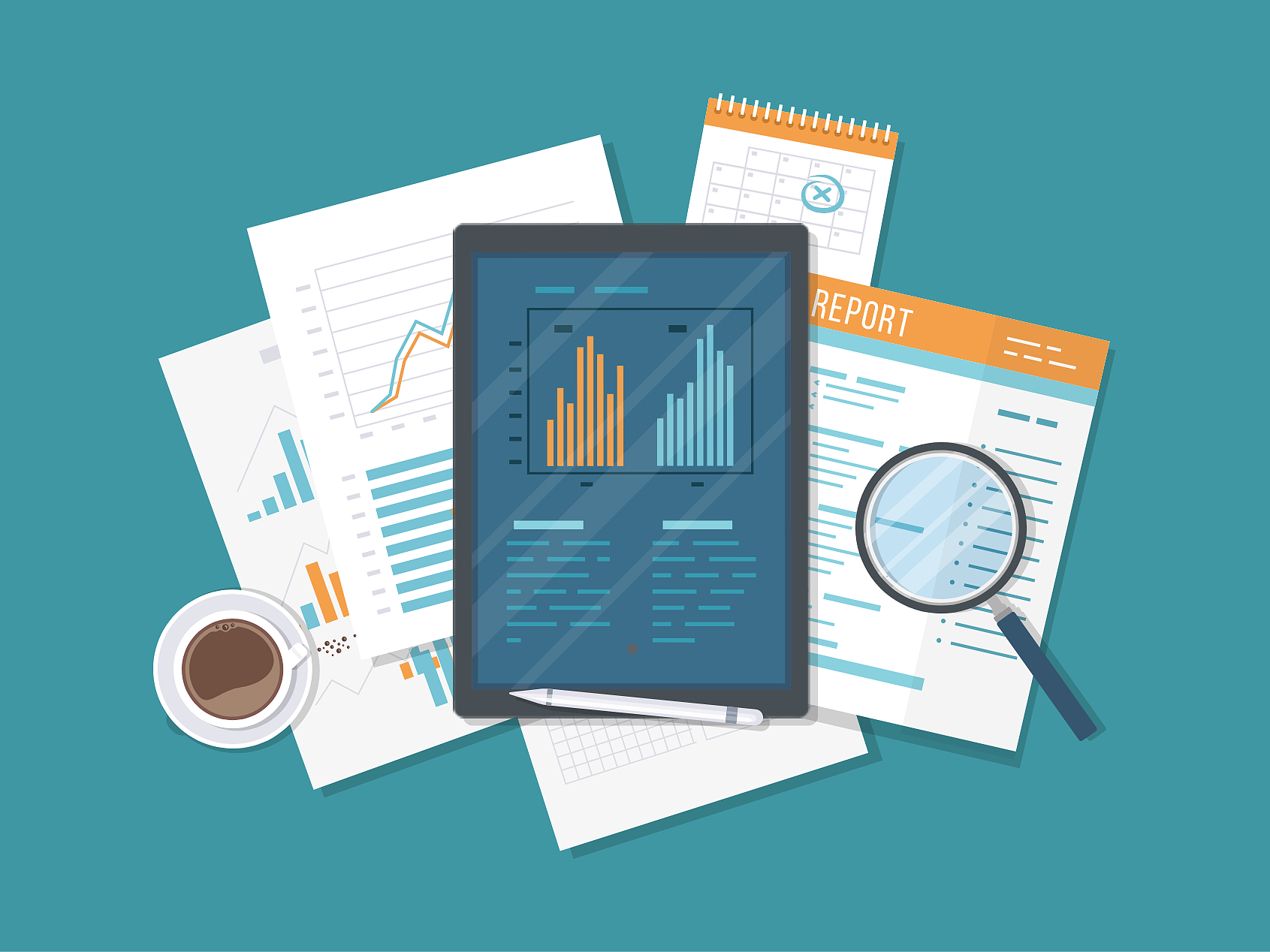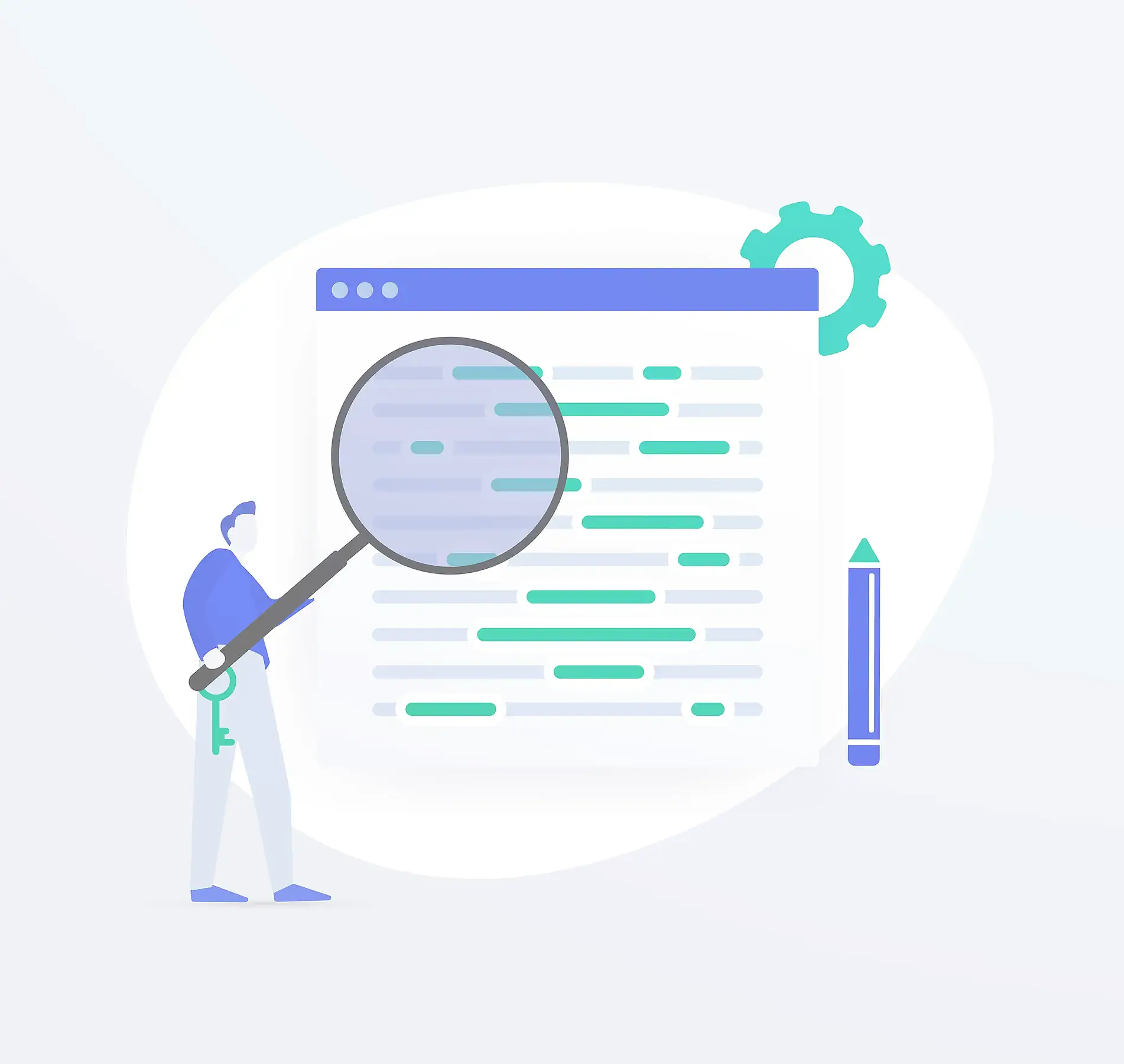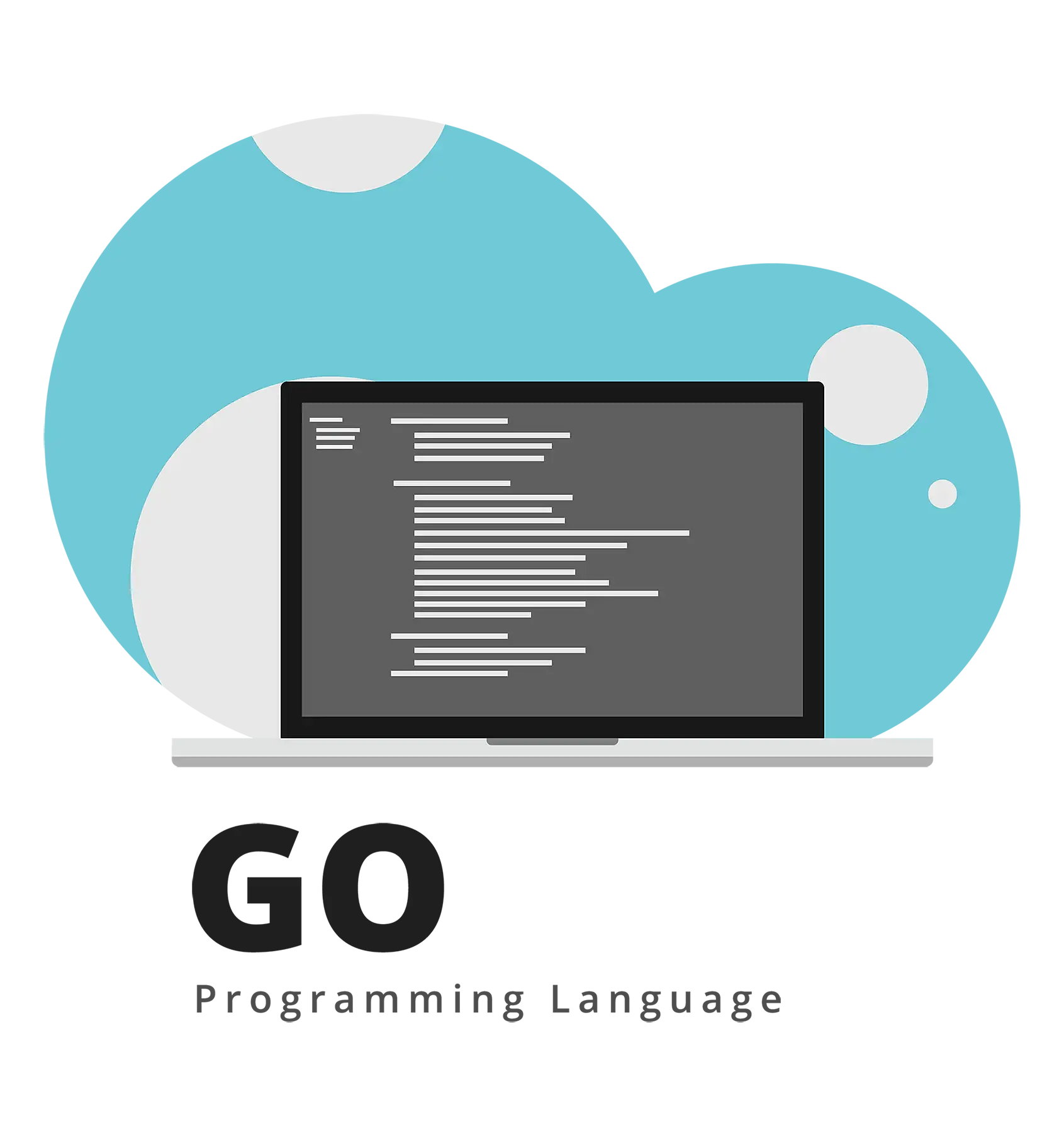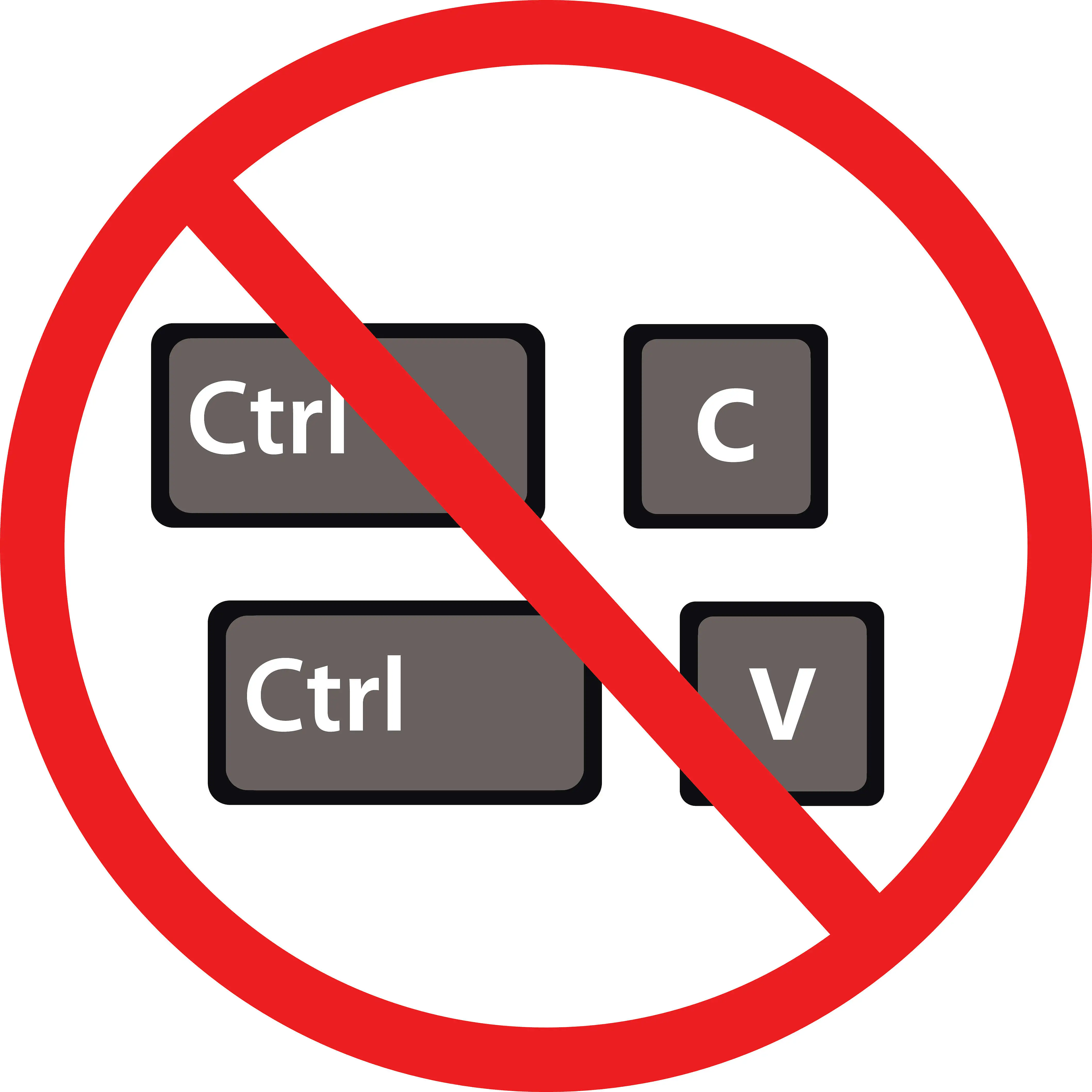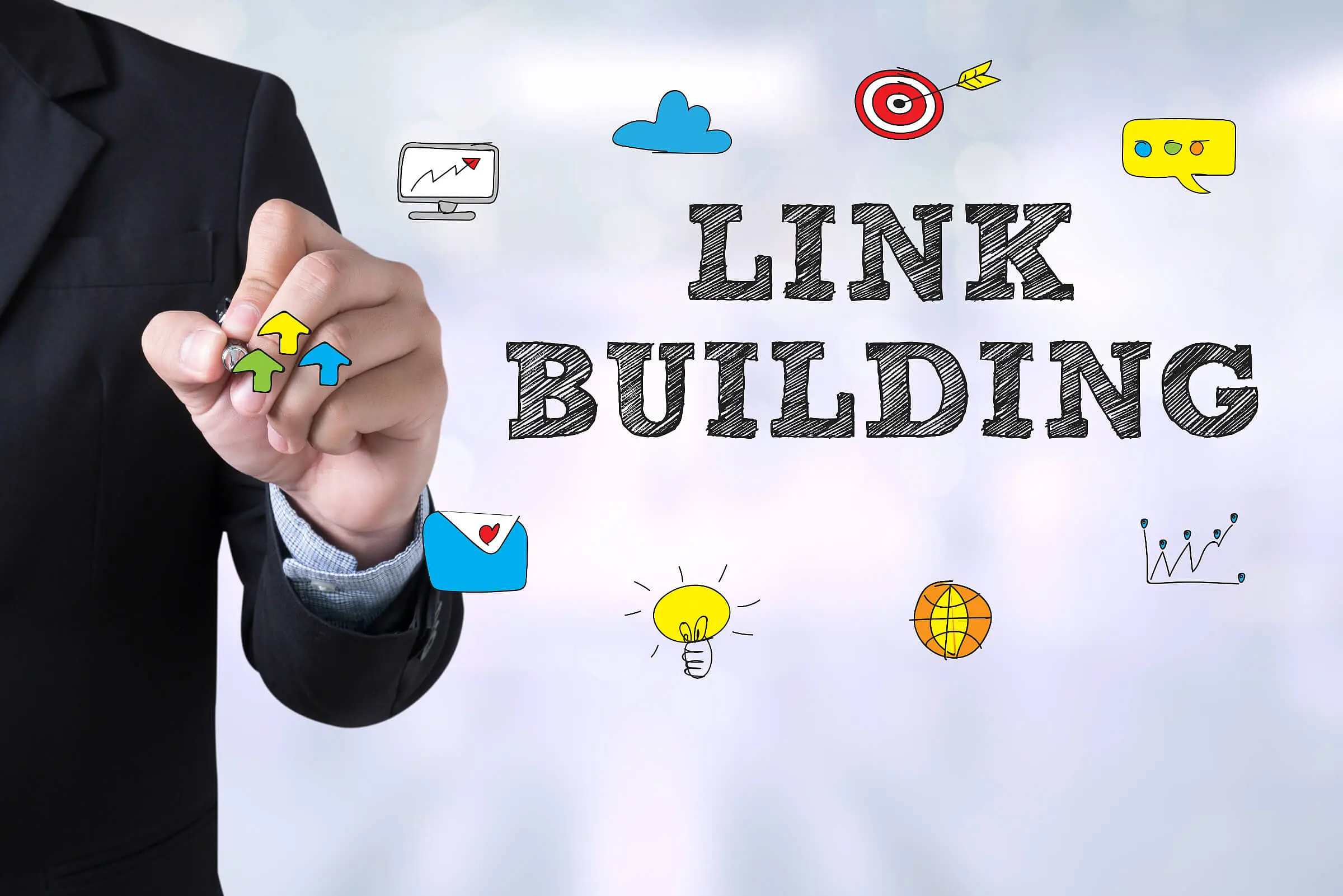LARAVEL BASE
The Fundamentals of Laravel
The fundamentals are the foundation of any project.
A deep understanding of Laravel’s core principles and architecture helps avoid many issues and significantly speeds up development.
It’s essential to leverage the full potential of the framework to ensure system stability and ease of maintenance.
Introduction to Laravel
Laravel isn’t just a popular framework — it’s the de facto standard for modern PHP development.
We chose it for a reason: Laravel offers architectural consistency, an active community, a rich ecosystem, and exceptional development speed.
Thanks to its well-thought-out “out of the box” solutions, we can launch MVPs faster and build enterprise systems with greater reliability.
In this article, we’ll explain how Laravel became the backbone of many of our projects — and why it’s trusted by both startups and enterprise clients.
Laravel Architecture
One of Laravel’s key strengths is its architectural discipline.
We use Service Providers, the Service Container, and Facades not just by the book, but adapted to the realities of large-scale B2B systems.
Our projects scale seamlessly thanks to a modular structure, the implementation of SOLID principles, and the adoption of DDD practices.
In this article, we’ll dive into Laravel’s internal mechanisms and show how to design truly enterprise-grade architectures on top of it.
Routing in Laravel
Proper route organization in Laravel is the foundation of a stable and maintainable project.
We structure routes using groups, middleware, resource controllers, and nested hierarchies.
This approach keeps system behavior predictable, the codebase clean, and the application easy to extend.
In this article, we’ll show how we design routing even for systems with hundreds of endpoints, ensuring both security and scalability at the routing level.
SECURITY AND AUTORIZATION
Security and Authorization
Security and proper authorization are critical aspects of any web project.
We’ll show how to effectively leverage Laravel’s built-in capabilities to protect user data and ensure reliable access control.
Middleware in Laravel
We actively use middleware for access control, logging, and cache management.
It’s a powerful tool that helps move repetitive logic out of controllers and centralize application behavior.
We’ve built a custom library of middleware components optimized for different B2B system scenarios.
In our full article, we’ll share how we design and implement them in production environments, ensuring both reliability and security of our applications.
Authorization and Authentication
We don’t just enable Laravel’s default authorization — we design access systems around real business processes and complex user roles.
Our developers carefully configure Guards, Policies, and Gates for precise access control, and use Sanctum or Passport depending on the project scenario.
In the article, we’ll explain in detail how we build these mechanisms to make them secure, flexible, and easy to maintain.
Security in Laravel
Security isn’t just a checklist — it’s a critical part of our development process.
We design systems with potential attacks and vulnerabilities in mind — from CSRF and XSS to complex SQL injection scenarios.
Our engineers implement Laravel’s security best practices and enhance them with our own protective measures.
In a dedicated article, we’ll share the techniques and tools we use to safeguard data and users in real-world environments.
WORKING WITH THE DATABASE
Working with Databases
Proper database management defines the performance and scalability of your application.
We’ll show how to make the most of Laravel’s tools for data handling and database structure management to achieve maximum efficiency.
Model Layer: Eloquent ORM
We consider Eloquent one of Laravel’s most powerful tools and use it for fast, transparent interaction with the database.
In our projects, we actively implement custom accessors, scopes, and model events to build flexible business logic.
Eloquent allows us to keep the codebase clean even in complex scenarios.
In a full article, we’ll show how we extend its capabilities to meet the real-world needs of enterprise clients.
Query Builder and Fluent API
While we often rely on Eloquent, in performance-critical areas we use the Query Builder.
It gives us full control over SQL and allows us to optimize complex queries with precision.
Our engineers know how to choose the right tool for each task — keeping the system efficient without overloading the ORM layer.
In the article, we’ll share where and how we use Query Builder to achieve maximum performance and efficiency.
Migrations and Seeders
We build our database infrastructure on migrations — this gives us full control over schema versioning and ensures reliability during deployment.
We also make extensive use of seeders and factories to generate test data and create initial system states.
This approach is critical for effective team development and testing.
In a dedicated article, we’ll share our experience in automating these processes for smoother workflows.
TESTING AND DEBUGGING
Testing and Debugging
Proper testing and thorough debugging are the foundation of stability and freedom from critical production errors.
We’ll show how to use Laravel’s built-in tools to detect and fix issues quickly, ensuring smooth and reliable performance.
Testing in Laravel
Testing is one of the cornerstones of our development process.
We establish unit and feature test coverage from the very start of each project to prevent regressions and accelerate releases.
We use Laravel’s built-in testing tools along with our own data generation and mocking libraries.
This approach allows us to make changes safely, even in mature systems.
In our article, we’ll share how we structure tests and integrate them seamlessly into CI/CD pipelines.
Laravel Telescope
Laravel Telescope is our primary debugging tool during development.
We integrate it into every project to monitor SQL queries, errors, events, queues, and more.
This helps us identify bottlenecks early and eliminate issues quickly.
We customize Telescope configurations for each project individually.
In the article, we’ll explain how it helps us save time and improve overall quality.
Logging in Laravel
Good logging isn’t just an error file — it’s a full-fledged diagnostic tool.
We build our logging system on Monolog, supporting structured formats and integration with external monitoring services.
This helps us track system behavior in production and respond to incidents quickly.
In our article, we’ll share our approach to log levels, formatting, and integration with monitoring tools.
Laravel Is Actively Used by Major Companies
Companies like Pfizer, BBC, and Liberty Mutual Insurance use Laravel in their projects — a clear proof of its reliability and scalability for enterprise-grade solutions.
 AUN Digital
AUN Digital
PERFORMACE AND OPTIMIZATION
Performance and Optimization
Performance directly impacts both user experience and business efficiency.
We’ll share practical methods for optimizing Laravel applications to ensure they run as fast and reliably as possible.
Caching in Laravel
We actively use Laravel’s caching mechanisms to improve response time and reduce database load.
Proper caching saves resources, enhances user experience, and is critical when scaling systems.
We tailor cache configurations to each project’s specifics — whether it’s Redis, Memcached, or tag-based caching.
In a dedicated article, we’ll explain how we balance data freshness and performance for optimal results.
Laravel Octane
Laravel Octane allows us to achieve exceptional performance from PHP applications.
We use it in high-load projects where minimal latency and fast response time are critical.
With Swoole and RoadRunner, we significantly reduce framework boot overhead and increase overall throughput.
In our article, we’ll share practical insights and nuances of using Octane in production environments.
ASYNCHRONOUS TASKS AND EVENTS
Asynchronous Tasks and Events
Queues are one of the most important tools for handling high-load systems.
We use them to process background jobs, manage integrations, send notifications, and much more.
Depending on the project, we work with Redis and other drivers to achieve optimal results.
Queues allow us to build resilient and scalable processes.
In a future article, we’ll dive deeper into the architecture behind our queue-driven solutions.
Jobs and Dispatching
We organize background operations through well-structured Jobs.
This simplifies maintenance and allows full control over retry logic, logging, and priorities.
Our engineers move any non-critical operations into Jobs that can be safely delayed without affecting UX.
In the full article, we’ll show how we configure both sync and async dispatching to make the system predictable and reliable.
Events and Listeners
We make extensive use of Laravel’s event-driven model to decouple business logic from infrastructure code.
This approach keeps projects flexible and easy to extend.
Our systems often include dozens of events and corresponding listeners running in the background.
In the article, we’ll explain how we design and leverage this mechanism while maintaining full control over system behavior.
Broadcasting and Laravel Echo
Real-time interaction is no longer a luxury — it’s a requirement for modern applications.
We use Laravel Echo and Pusher to broadcast events directly to the interface, providing instant feedback and live updates.
This is especially critical for trading platforms and CRM systems.
In our article, we’ll explain the architecture behind this approach and how we ensure secure, real-time data delivery to the client.
API AND INTEGRATION
API and Integration
Building reliable and scalable APIs is the foundation of integrating your product with external systems.
We’ll show how we implement this in Laravel — efficiently, securely, and ready for growth
Laravel Passport vs Sanctum
The choice between Passport and Sanctum depends on the authorization scenario — and we know exactly when to use each solution.
Passport is ideal for classic OAuth2 authentication flows, while Sanctum offers a simpler, more flexible approach without unnecessary complexity.
Our developers build secure, scalable, and easy-to-maintain authorization schemes for APIs.
In our article, we’ll share practical recommendations and real-world use cases from our projects.
Working with File Systems
File storage is about much more than just uploading and downloading.
We use the Laravel Storage API to work flexibly with both local and cloud storage (S3, FTP, Azure).
Our approach takes into account security, fault tolerance, and data distribution.
Our projects handle large volumes of files and media without compromising performance.
In our article, we’ll show how to build a reliable file infrastructure ready for production scale.
ADMINISTRATION AND MONITORING
Administration and Monitoring
High-quality monitoring and convenient administration help maintain system uptime and ensure timely response to issues.
Laravel provides a rich set of tools that we use in production to monitor system health, handle errors, and manage background processes.
Below are the key topics we cover in the context of maintaining and supporting Laravel-based projects.
Horizon
Laravel Horizon is our primary tool for managing queues.
We use it for monitoring, load balancing, and performance analysis of background jobs.
Horizon makes it easy to configure workers, track failures, and manage retry mechanisms.
In our article, we’ll share how it helps us keep all queues under control in real time.
Monitoring and Alerting for Laravel Projects
We integrate external monitoring and alerting services such as Sentry, Bugsnag, New Relic, and Prometheus.
This allows us to receive instant notifications about errors and system anomalies.
We configure metric collection, tracing, and alerts based on specific business needs.
In our article, we’ll share how we achieve a high level of system transparency and operational awareness.
ADMIN PANELS
Admin Panels and Management Interfaces
Content management, data configuration, user operations, and business workflows all require intuitive, reliable interfaces.
We don’t limit ourselves to standard admin panels — we build robust and flexible management systems that can easily adapt to each client’s specific processes.
In this section, we explain how we approach back-office interface development, which tools we use, and why this matters for our clients’ long-term success.
Laravel Nova
Nova is a powerful admin panel perfectly suited for Laravel-based projects.
We configure it according to each client’s specific business logic, add custom components, and optimize it for their operational needs.
In several projects, we’ve implemented custom dashboards, user roles, analytics, and advanced filters.
In our article, we’ll show how we adapt Nova to handle real-world business challenges effectively.
Popular Admin Panels in the Laravel Community
In addition to Nova, we also work with systems like Filament, Voyager, Laravel Backpack, Orchid, and others.
In our article, we’ll compare the advantages and limitations of each solution, explain when to use them, and share our approach to choosing the right admin panel for a specific project.
Custom Interfaces for Managing Business Logic
When ready-made solutions don’t fit, we create custom admin panels using Vue.js or other frontend technologies.
This allows us to design precise UX logic tailored to each user role — from sales teams to partners.
In our article, we’ll share examples and arguments in favor of the custom approach.
High-quality monitoring and convenient administration help maintain system stability and ensure timely issue resolution.
We’ll uncover the tools and methods we use to effectively manage and operate Laravel-based projects.
More than 1.5 million websites are powered by Laravel.
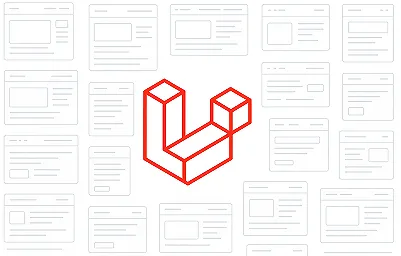
According to Glorywebs, Laravel is used on more than 1.5 million websites worldwide, reflecting its widespread adoption and the trust it has earned among developers.
 Glorywebs
Glorywebs
Conclusion
Using Laravel in Webdelo projects is a guarantee of stability, performance, and ease of maintenance.
Explore our articles on each topic to see in detail how we create solutions that drive our clients’ businesses forward.
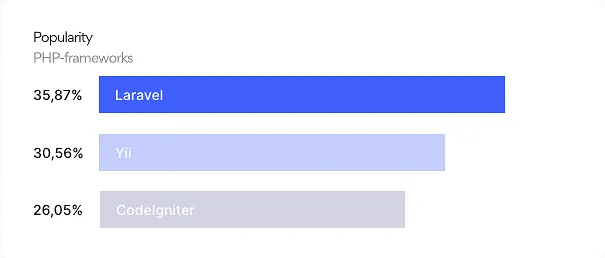 Source
Source





